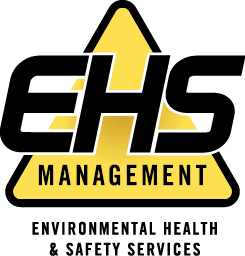Providing a safe environment for both the staff and students at your school is paramount as you’re responsible for protecting them from environmental harm. Parents are depending on you as a trusted leader in the community to follow and enforce the correct safety procedures. Staying compliant and following laws regulated by the Department of Safety and Professional Services (DSPS) is very important as they arrange routine and random inspections to ensure that safety standards are up-to-date and being implemented correctly.
Would you say that your school is properly prepared for a DSPS compliance inspection? An inspection may include a walkthrough of your school’s trade education, art, science, and kitchen areas. Read on to learn more about what to expect with a DSPS Compliance Inspection for the state of Wisconsin.
What the DSPS compliance inspection will evaluate:
- Written Health and Safety Plans
- Employee Training Records Review
- Safety Compliance
- Injury and Illness Documentation Review
- Safety Data Sheet Management and Availability
How you should prepare for a DSPS compliance inspection:
DSPS Compliance Inspections can be either routine or random – so you’ll want to be ready at any given point. Keep reading for a checklist of what to do before an inspection.
- Appoint a “School Safety Coordinator.” This is required by the Wisconsin Department of Public Instruction (DPI), and the DSPS will begin their inspection by interviewing your School Safety Coordinator.
- Confirm that a record of lost accidents and injuries (form SBD-10710) is filled out entirely, submitted, and posted by the required deadlines. The State of Wisconsin requires all public employers to report work-related illnesses and injuries by March 1 of the year following the occurrence(s).
- Verify that all written health and safety plans or policies are updated. You’ll need to review safety procedures that involve asbestos, lead paint, hazardous waste, blood borne pathogens, and any other emergency plans that are applicable to your school facility.
- Keep current documentation for all of the training related to your school’s health and safety plans/policies mentioned in step three.
Feeling overwhelmed? EHS Management can help you prepare for a DSPS Compliance Inspection so you’re ready for any unplanned inspection. Employee Trainings, Fire Extinguisher Training, and Respiratory Protection Plans are just a few of the School Safety services EHS Management has to offer. For more information, please fill out our online form and let us know how we can help protect your school.

